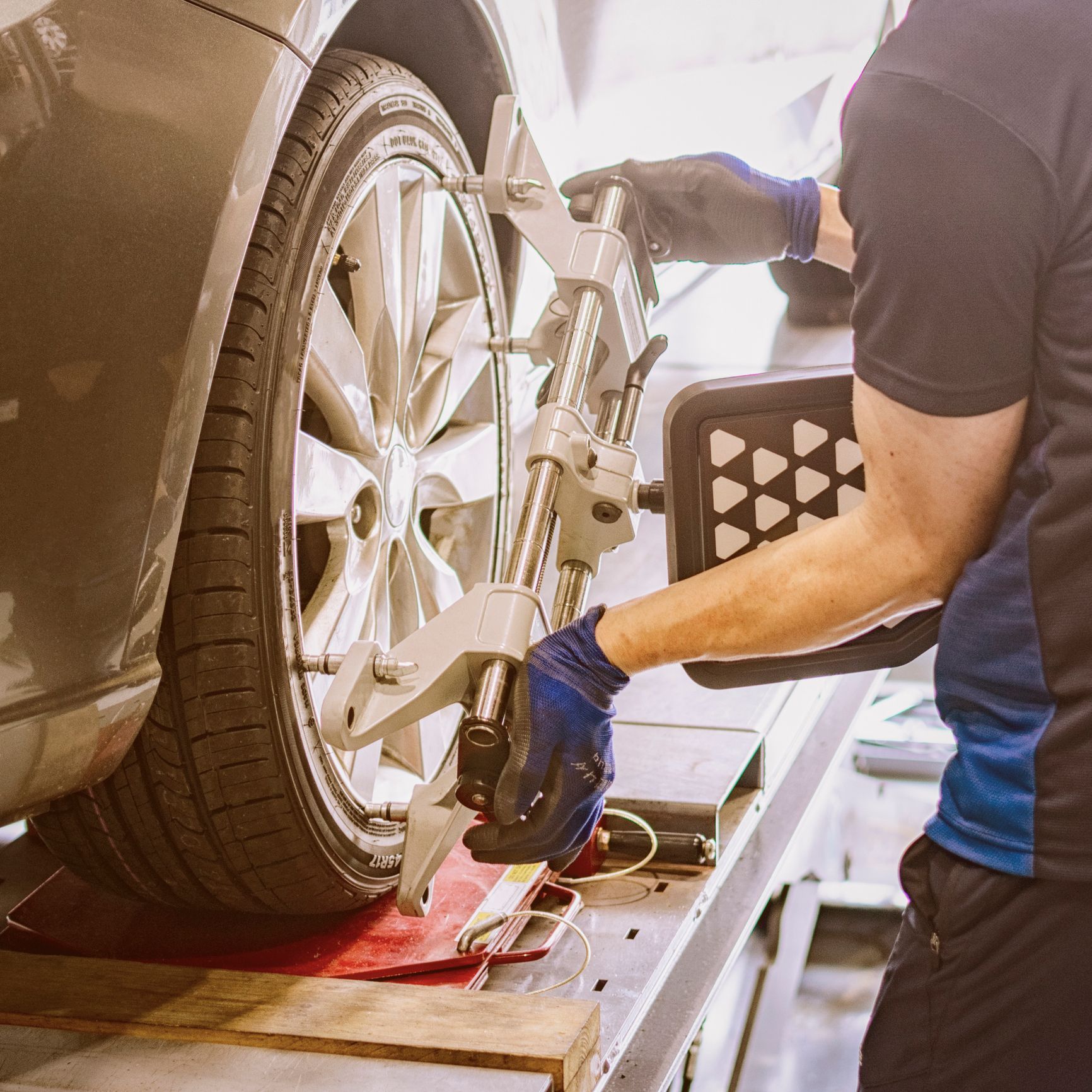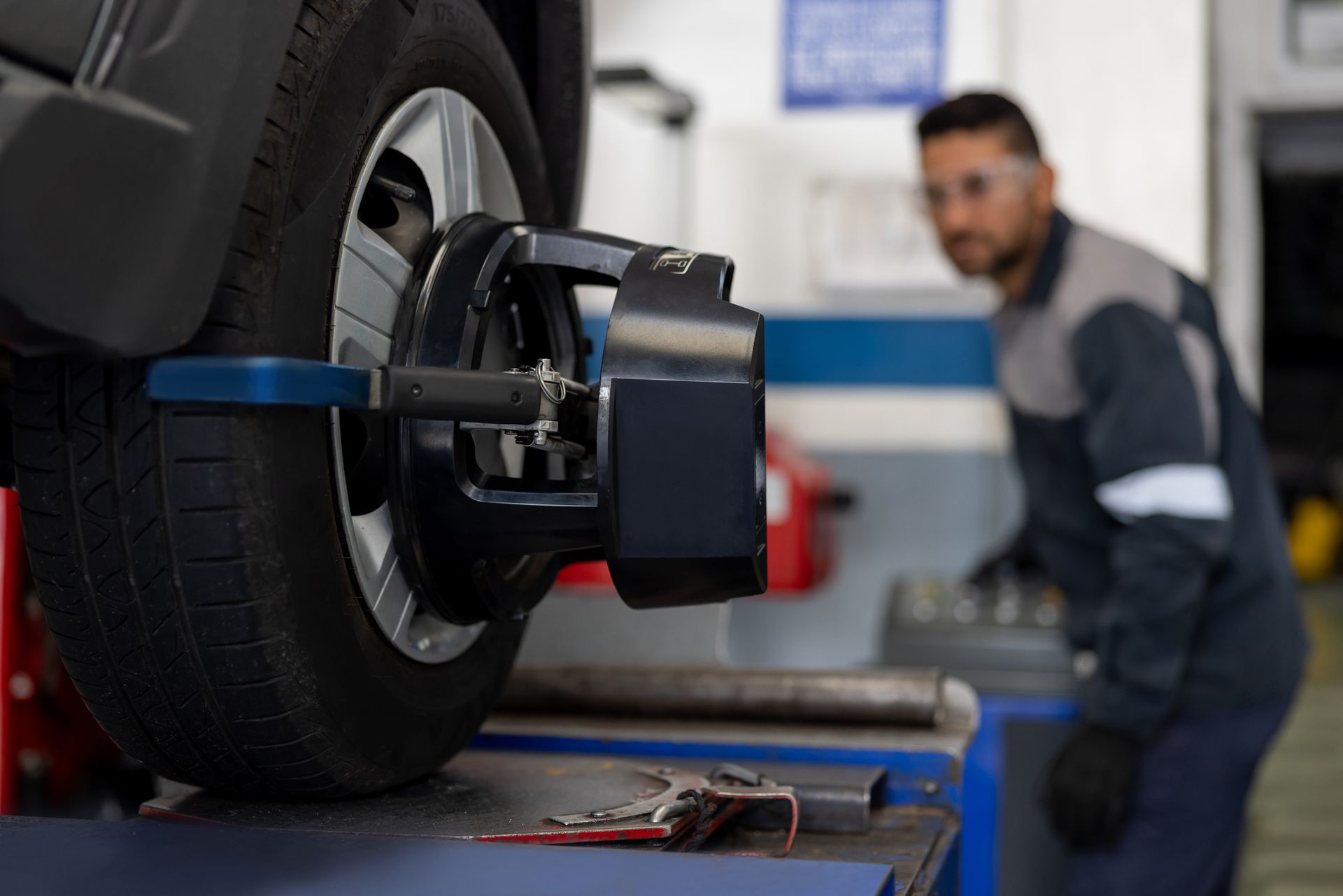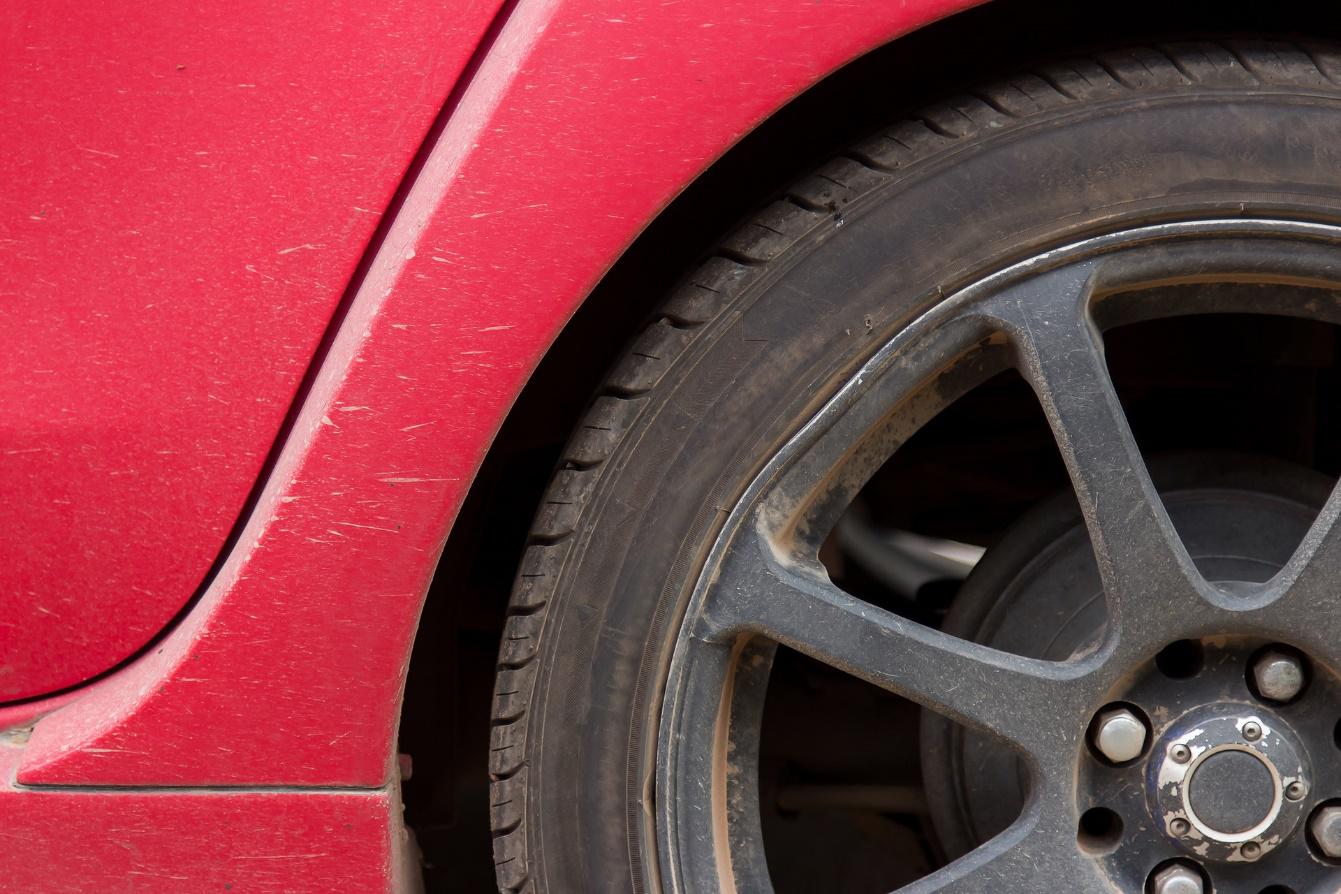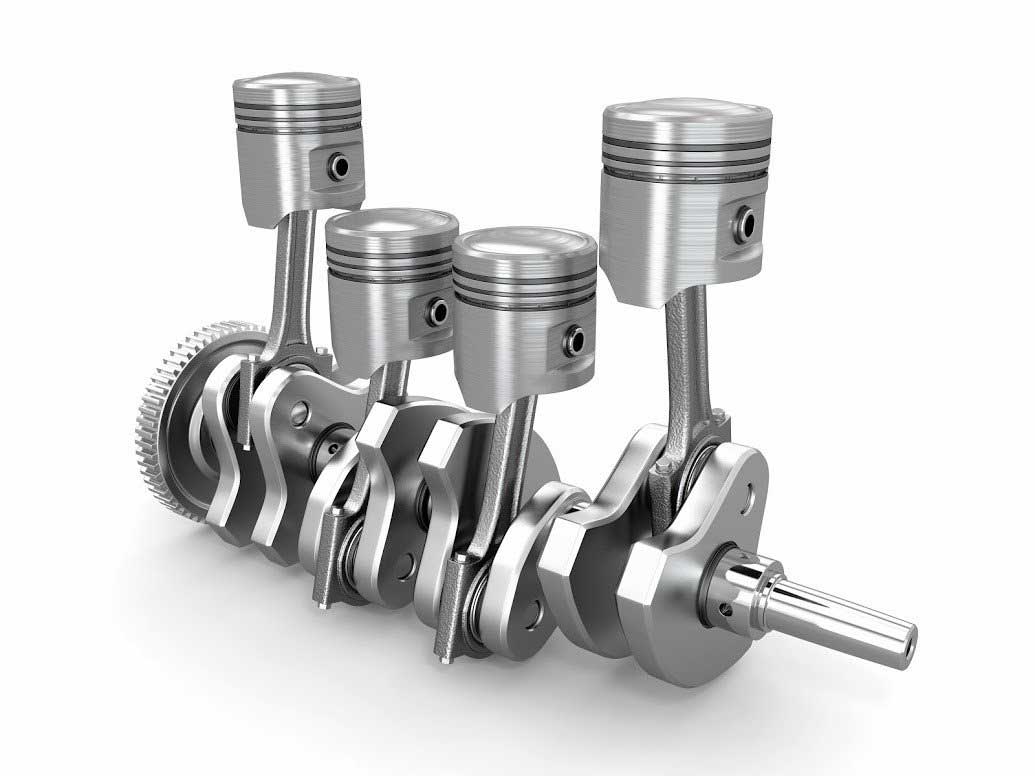5 Signs of a Failing Catalytic Converter
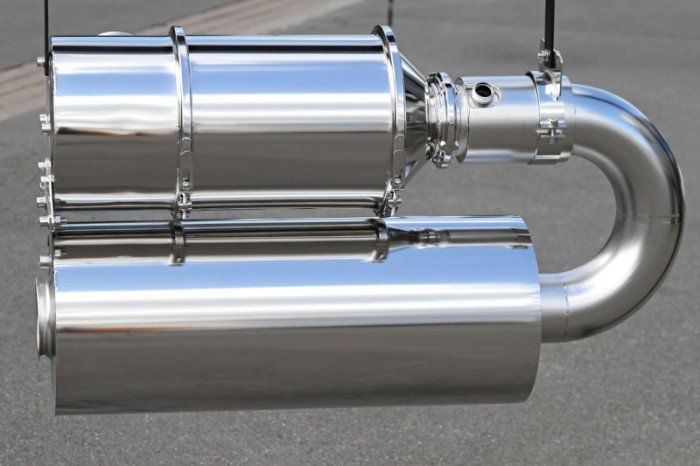
Virtually all automobiles manufactured today contain an exhaust component known as the catalytic converter, which reduces the amounts of pollutants emitted by a car. Inside of the catalytic converter lies a ceramic honeycomb covered in a washcoat containing platinum and other reactive metals. These metals break down toxic exhaust gases into relatively benign ones.
A catalytic converter may easily remain functional for the life span of a vehicle. Yet if the delicate internal structure becomes damaged or excessively clogged, the converter may cease to function. If you would like to boost your automotive troubleshooting skills, keep reading. This article takes a closer look at five signs that your car may have a failing catalytic converter.
1. Poor Fuel Economy
A clogged or damaged catalytic converter cannot process exhaust as quickly as intended. As the flow rate slows down, exhaust gases start backing up inside of your engine. These gases inadvertently taint the fresh air flowing into the engine. As a result, combustion cannot proceed as efficiently as it should.
The more the exhaust gases back up, the poorer your car's fuel economy becomes. Simply put, your engine cannot get the most out of its gasoline. Pay attention to how often you head to the pump. A decrease in your overall miles per gallon may indicate catalytic converter problems.
2. Hesitant Acceleration
The backup of exhaust gases inside of your engine negatively affects more than just your fuel economy. Your engine also struggles to generate its normal amounts of power, especially when attempting to accelerate. The oxygen sensor in your car often exacerbates the hesitant acceleration caused by a bad catalytic converter.
Because the backed-up exhaust gases leave less room for fresh air, the exhaust coming out of your engine contains lower-than-usual oxygen levels. The oxygen sensor reads this as a rich fuel scenario and correspondingly cuts back on the amounts of gasoline entering the engine during each cycle. This fuel reduction only makes it more difficult for your engine to generate power.
3. Failure to Start
If the clog inside of a catalytic converter becomes serious enough, virtually no exhaust can exit your car. As a result, you may find that your engine won't turn over at all when attempting to start your car. In order to restore proper airflow and get your engine running again, you must replace the faulty converter.
4. Check Engine Light
Few dashboard lights cause car owners as much frustration as the check engine light. This light may indicate a mystifying range of problems, from cracked head gaskets to loose gas caps. The check engine light may also come on as the result of exhaust backup — a problem you now know often stems from a faulty catalytic converter.
If your check engine light has mysteriously come on, take your car to a mechanic as soon as possible. A technician can hook your car up to diagnostic system that can provide more specific information about what triggered your check engine light.
5. Unusual Rattling Sound
When a catalytic converter suffers damage, the delicate ceramic honeycomb may become cracked and broken. These loose pieces of converter often rattle audibly when idling or starting up from a stopped position. While this sound may not strike you as anything too terrible, it likely means that your converter has become damaged to the point that it can no longer filter exhaust gases the way it should.
The catalytic converter has a vital role to play in your automobile. Not only does a bad converter release dangerous gases into the atmosphere, but it may also cause you to fail emissions tests. For more information about how to keep your catalytic converter in good shape, please contact San Diego's automotive pros at Dualtone Muffler Brake & Alignment.

